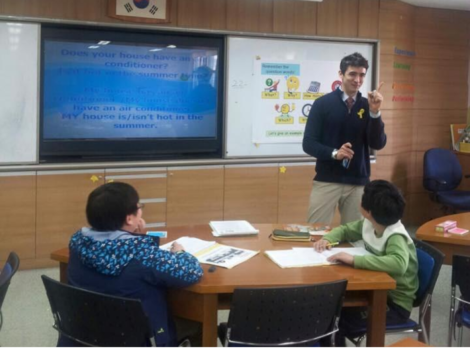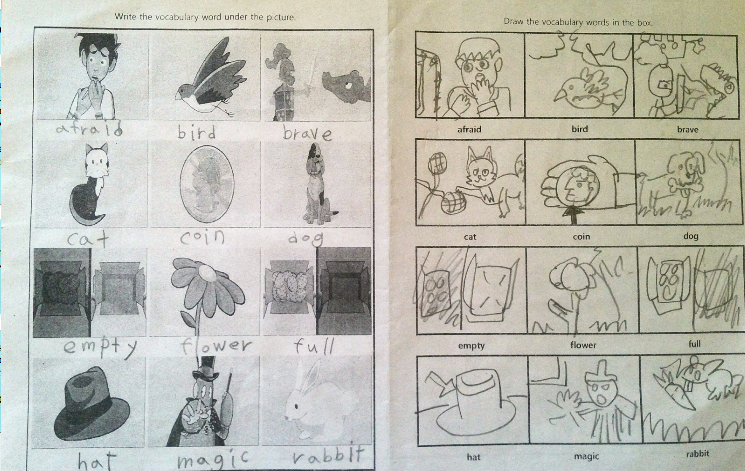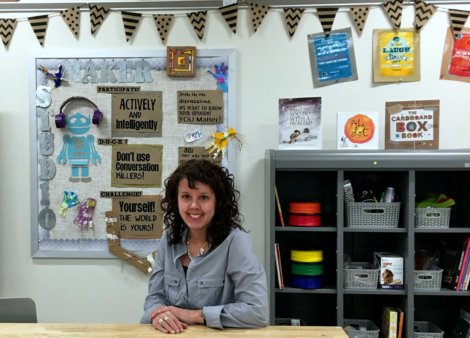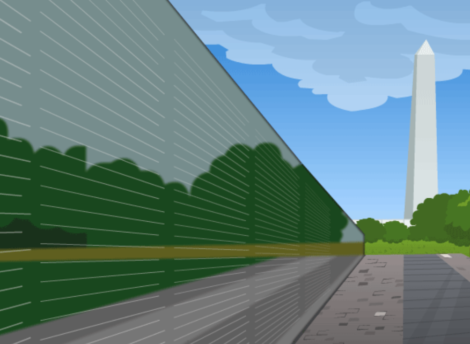
Vocabulary Mapping with BrainPOP ELL – A CBE Aha! Moment 2.18
Posted by cemignano on
As part of the Certified BrainPOP Educator program, we encourage participants to reflect on their teaching practices and identify moments where they plan to make changes based on what they’ve learned about BrainPOP’s offerings. With the hopes of inspiring readers to do the same, we’re excited to share February’s Certified BrainPOP Educator of the Month, Bryan Betz’s Aha! Moment.
1) Tell us your BrainPOP “AHA moment” from the certification process. What specific use or application of BrainPOP excited you during this course? How did it change your expectation for using BrainPOP in your teaching practice?
My Aha! moment came while using the SnapThought tool. Although I often using screen captures to ask students questions about the videos we watch, I have never asked them their thoughts on the video stories (we use BrainPOP ELL). I think theseSnapThoughts are a great chance for student to take stock and note how they feel during a particular scene, why Ben and Moby do certain things, and what they think Moby is saying to Ben in their dialogues.
I feel using BrainPOP ELL like this could help my students understand the story and the English better, but also become better observers and note-takers.
2) What is a specific lesson or unit you’ve taught in the past that you can re-formulate to bring in the new tools, features, or content you discovered through the CBE process? Describe what you “used to do” here.
In the past, I have used the vocabulary review video to help students understand the vocabulary. After using the vocabulary pictures to create mind maps, I thought it would be a good idea for students to create pictowords to help them “Map” the vocabulary. You can see an attached example in the picture below.
3) How will you integrate BrainPOP’s new features and tools to replace what you’ve done in the past?
In order to ensure that all students participate well, I utilize a 3-star system. 1-star pictures are low-quality pics (think stickmen), 2-star pictures are standard definition (think a good pic with no background), and 3-star pictures are HD quality (think a good picture with a background and many details). The additions are small, but worth the effort as students take pride in the pictures and internalize the vocabulary more deeply. All students pictures must meet the 3-star standard to be accepted as complete.
We are starting these drawings on paper, but I plan to integrate the drawing in the “Draw it” feature when we get full computer access.















